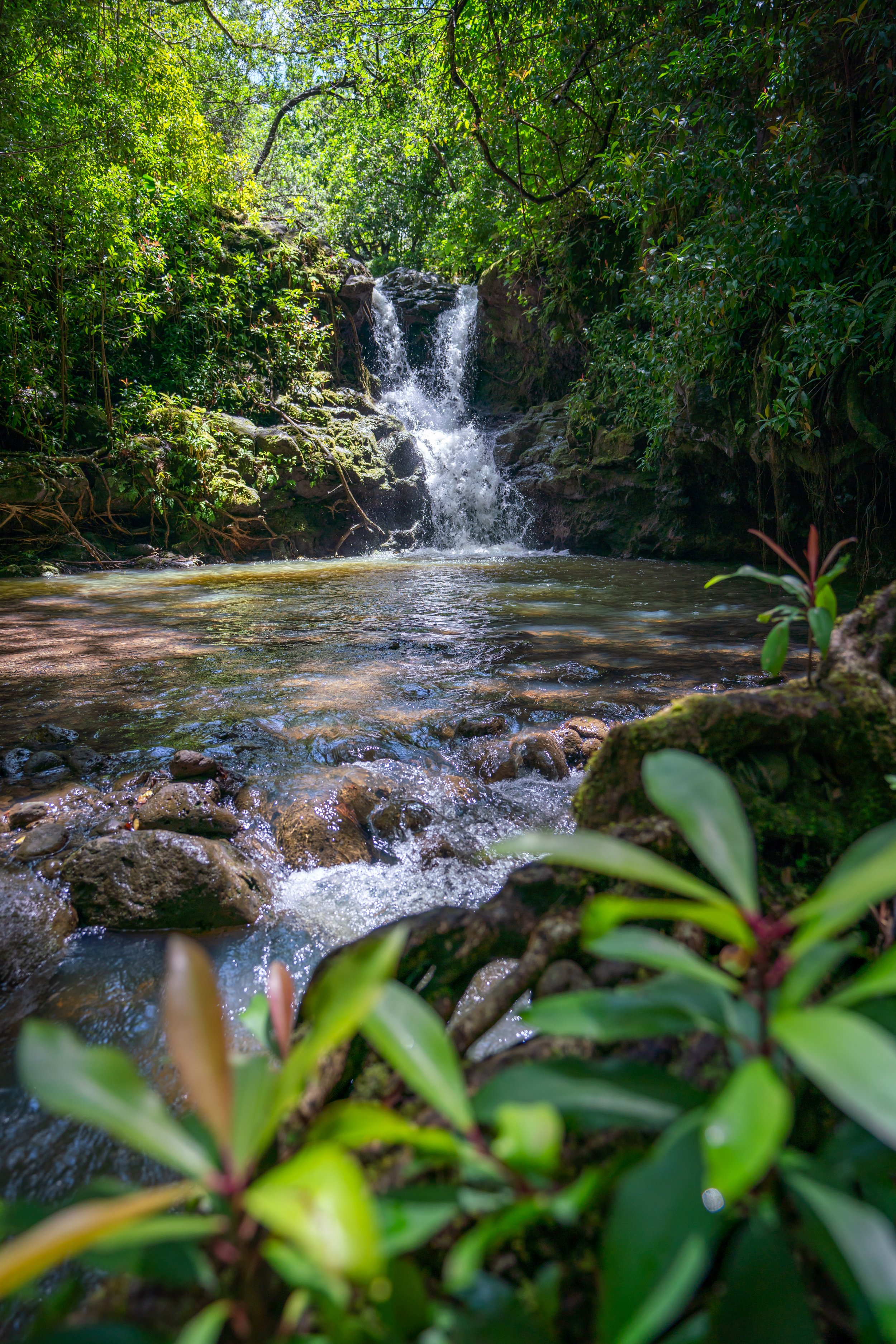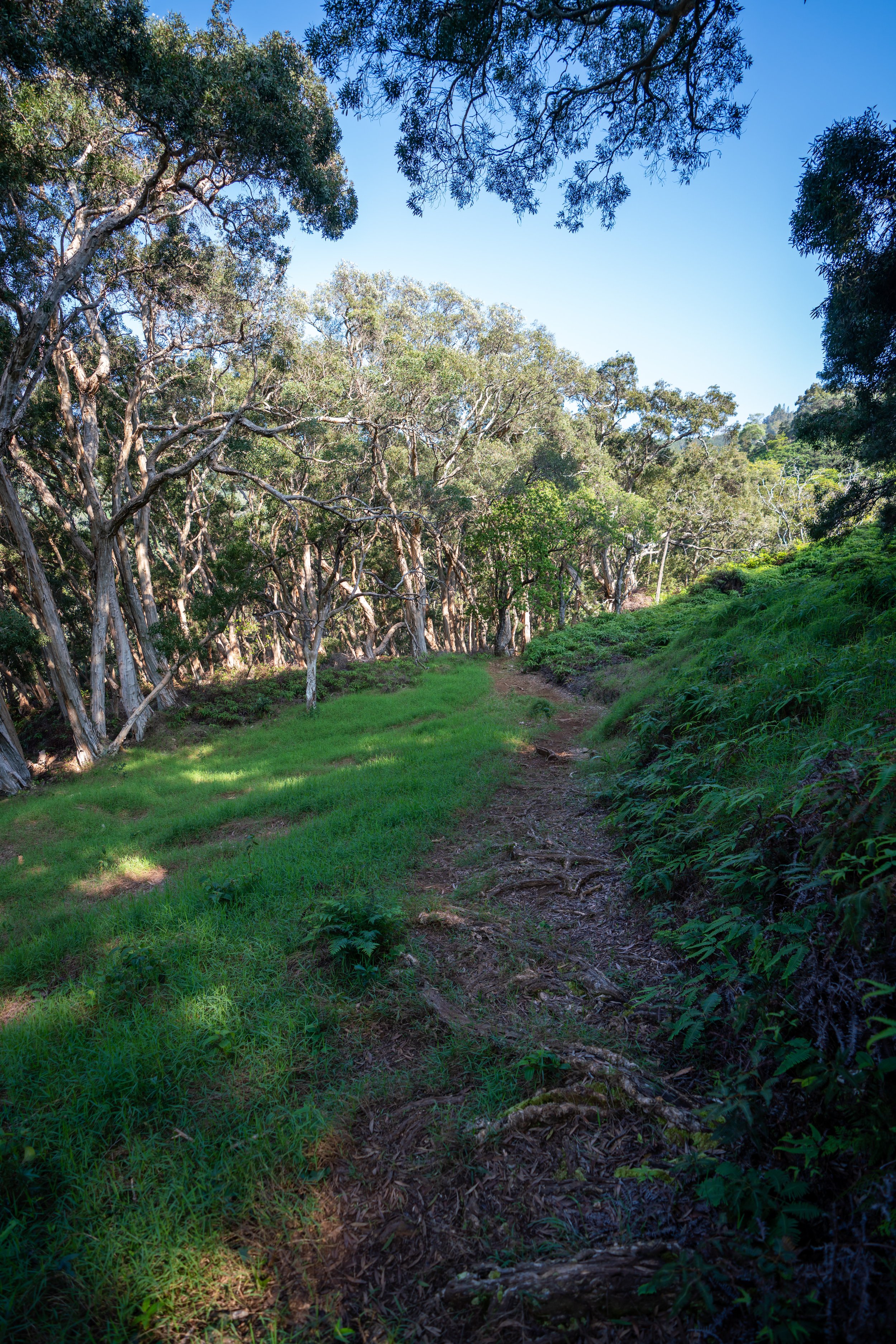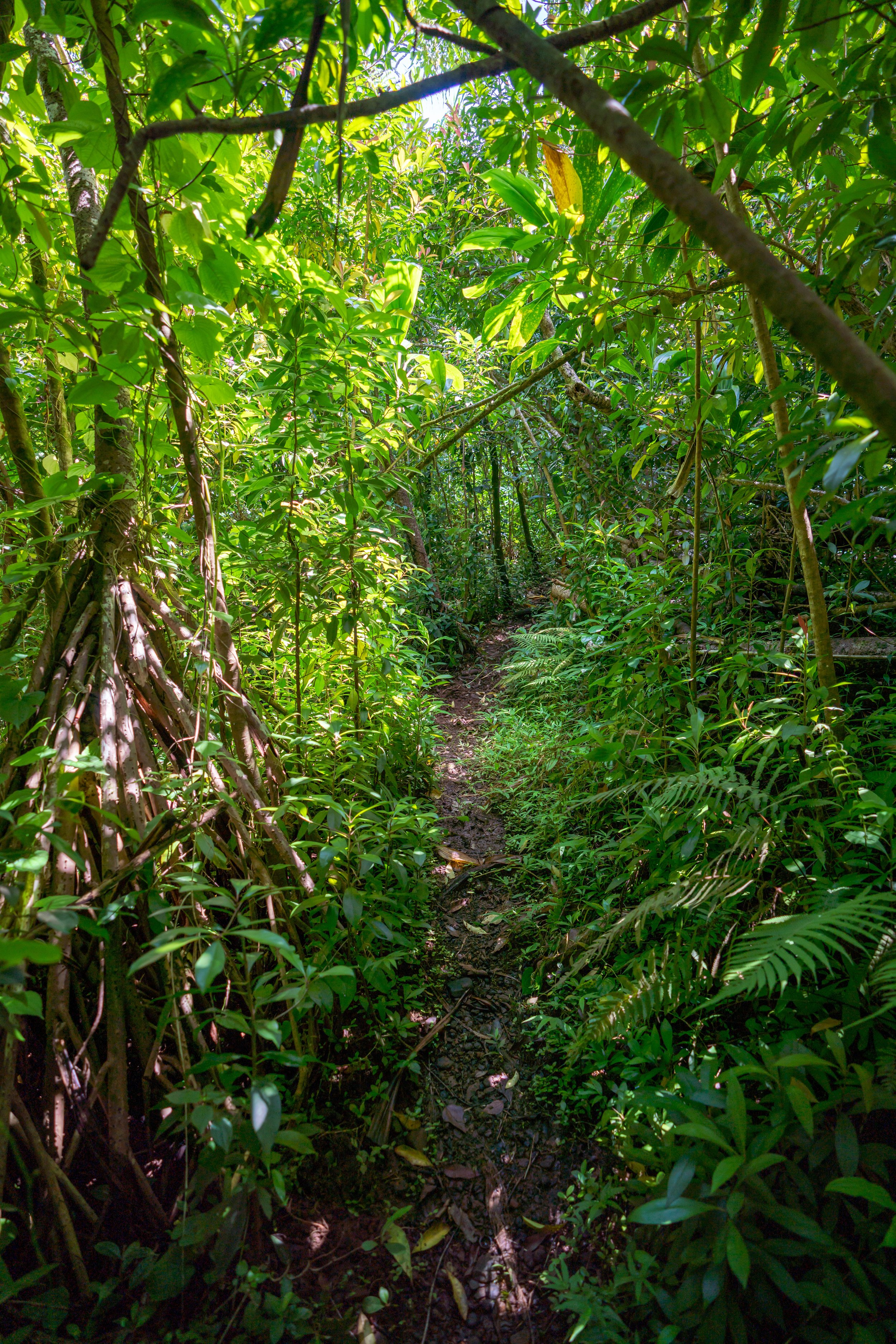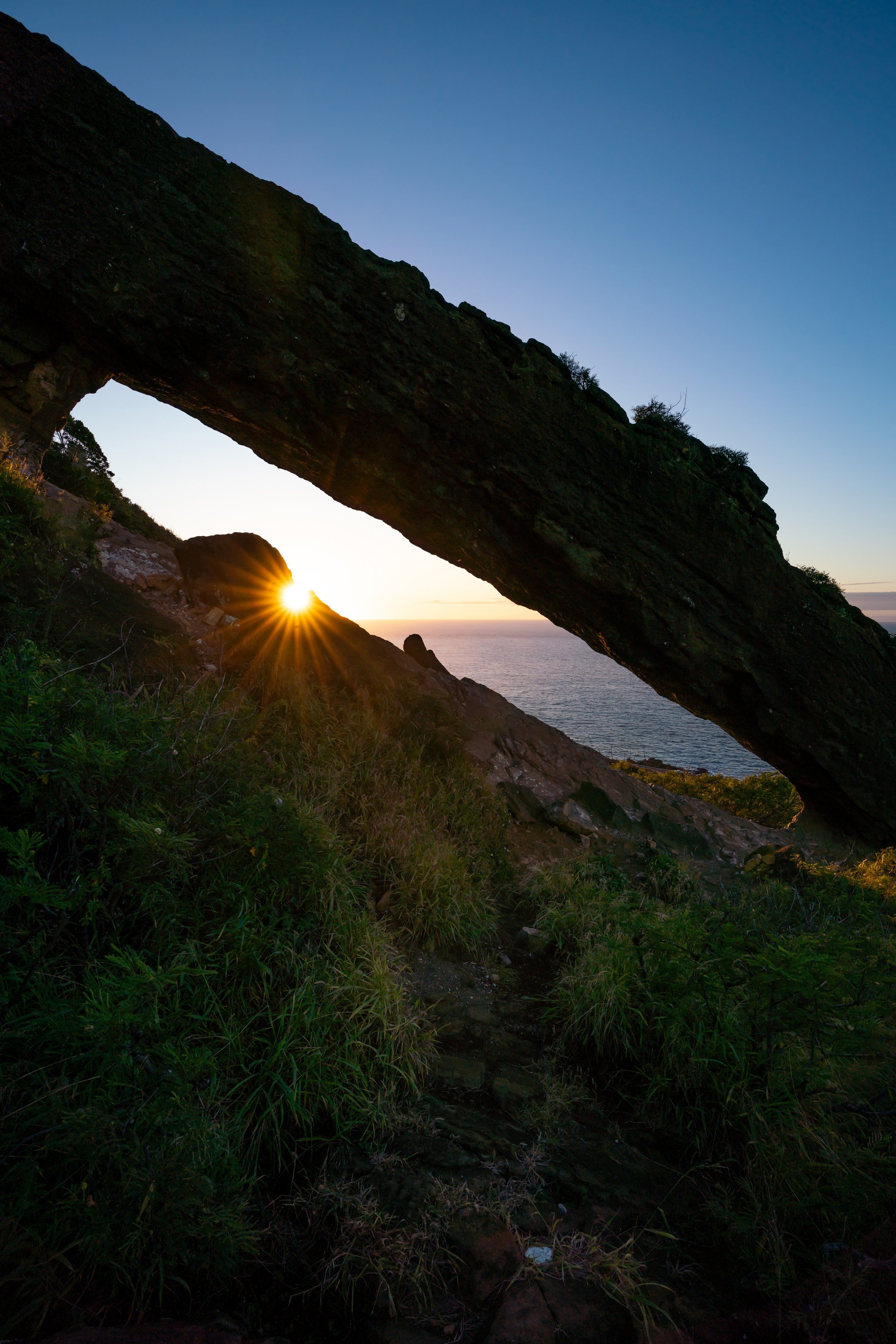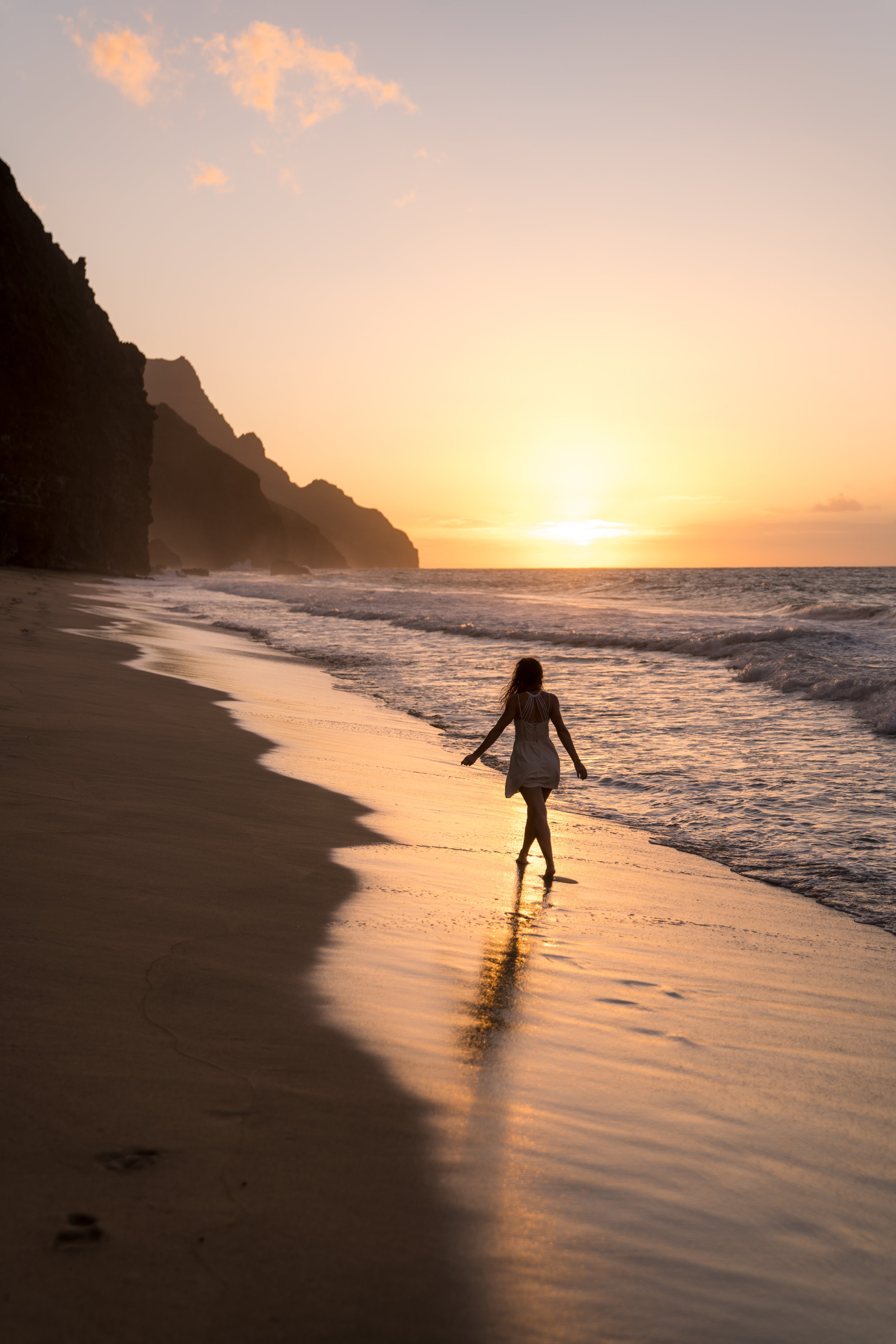Hiking the Kawainui Marsh Trail on Oʻahu, Hawaiʻi
Distance (Roundtrip): 3.0 miles / 4.8 km
Whether you bring a coffee, your running shoes, or a stroller, the Kawainui Marsh Trail on the east side of Oʻahu is one of the island’s most underrated trails!
By this, I mean that the Kawainui Marsh is a lot of things in one adventure: Kawainui is one of the best Oʻahu trail runs; it’s one of the island’s best kid-friendly hikes, and it’s, without a doubt, one of the best places to see a variety of different native waterbirds on the short 1.5-mile (2.4 km) out-and-back trail.
This all doesn’t even mention that on a clear day, the expansive views from the trail across the flat landscape toward Oʻahu’s Koʻolau Mountains are truly second to none—especially in the early morning light!
Kawainui Marsh Trailhead Parking
Parking for the Kawainui Marsh Trail is located in Kaha Park in Kailua, which is generally easy to come by—apart from the late evening hours when residents getting off work come to the park to get outside.
Google Maps Directions: Kaha Park
Osprey 3L Water Bladder - The Osprey 3L water bladder is the most universal hiking and backpacking water bladder on the market, and it’s my go-to because of the slide-off seal that allows it to be quickly filled from the top. Additionally, individual parts are easily replaceable, such as the bite valve.
Blister / Heel Protectors - I swear by these cheap, amazing heel protectors to prevent blisters for nearly every kind of hiking and backpacking that I do!
Hiking / Trail Running Shoes - Depending on the type of trail, I prefer to use either the Keen Targhee for longer, more rugged hiking or the HOKA Zinal Trail-Running Shoe for lighter, less intense trails. In either case, both have been amazing to me for many years across countless environments, and both can be found in men’s and women’s sizes. - (Men’s Keen / Women’s Keen) (Men’s HOKA / Women’s HOKA)
Sun Shirt w/ Hood - A quality sun shirt can be your best friend on a trail with minimal shade, which can be found in both men’s and women’s sizes.
High SPF Sunscreen - Packing high-SPF sunscreen is a must for long days outside!
Hiking the Kawainui Marsh Trail
The Kawainui Marsh Trail begins on the sidewalk heading north from the parking lot, but there isn’t a sign indicating the name of trail until after the Kaha Garden.
Kaha Garden
Within just a few steps of the trailhead, the Kawainui Marsh Trail passes through the community-organized Kaha Garden.
It’s a garden filled with a variety of different native plants, and it’s truly the best place on the entire trail to see and learn about native Hawaiian plants.
Kawainui Marsh
After only 0.1 miles (0.2 km), the sidewalk ends and the Kawainui Marsh begins.
In my experience, the beginning and very end of the Kawainui Marsh Trail are the best places to see some of the wetland’s native waterbirds, including the ʻAukuʻu, Aeʻo, and my personal favorite, the ʻAlae ʻUla.
This is the ʻAlae ʻUla — ʻUla meaning 'red,' referring to the Moorhen’s distinct red face — which is endemic to the Hawaiian Islands.
After the initial pond, the sidewalk and retaining wall begin and continue to the far southern end of the marsh.
For obvious reasons, the Kawainui Marsh Trail has almost no shade along the entire hike, which is why I recommend wearing a long-sleeve sun shirt for protection.
After the first left curve in the Kawainui Marsh retaining wall, the trail begins a long, 0.6-mile (1.0 km) straightaway that continues until the bike trail reaches the far southern end of the marsh.
My little miniature dachshund, Eleanor, always prefers the sidewalk.
This is the Neke fern, and it’s the most common native plant that can be found in the wetlands along the Kawainui Marsh Trail.
Just before the long straightaway comes to an end, the Kawainui Marsh Trail passes the USGS stream gage for Kawainui Marsh and the Maunawili Stream, which is actually a bit more interesting than you might initially think.
What I mean is that it’s stream gages scattered across the country—just like this one, many of which we never see—that help determine when popular places are open, based on the data it gathers, like The Narrows on the Long Draw Trail in Black Canyon of the Gunnison or The Narrows in Zion National Park.
This data helps park rangers all across the country determine when certain trails can open for the season, so if you’re ever planning a trip and wondering whether something is open, consider checking the local stream gage data—you might just find your answer!
This is the final curve in the retaining wall before the Kawainui Bike Path ends, just prior to Kailua Road.
After 1.4 miles (2.3 km), the Kawainui Marsh Trail comes to an end, where the final part of the trail climbs up to Kailua Road.
Running Around Kawainui Marsh
While I have personally run the roughly 6.4 miles (10.3 km) around the entire Kawainui Marsh, it’s not a run that I recommend because of how busy/ dangerous the traffic can be on Kailua and Kapaʻa Quarry Road.
However, if this is something you’re interested in, take a right on Kailua Road for 1.6 miles (2.6 km), then a right on Kapaʻa Quarry Road for 2.6 miles (4.2 km), then a right on Mōkapu Road for 0.2 miles (0.3 km), then another right on Oneʻawa Street for 0.2 miles (0.3 km), and finally, a right on Kaha Street for the last 0.3 miles (0.5 km) to get back to the park.
Again, this is not the safest route to run, as cars typically drive fast on certain stretches of the loop, like Kapaʻa Quarry Road, without a great shoulder to give yourself some distance.
All this to say, the shoes below are my preferred road-to-trail shoes in Hawaiʻi, which definitely come in handy with how muddy Kapaʻa Quarry Road can be.
Native Plants on the Kawainui Marsh Trail
The Kaha Garden, at the very beginning of Kawainui Marsh, is easily the best place to see a variety of native Hawaiian plants.
Some of these include Pōhinahina, Milo, ʻŪlei, ʻĀkia, Naupaka, Maʻo hau hele, and Maʻo—to truly name only a few.
If you would like to learn more about these and many other native Hawaiian plants from across the islands, I encourage you to check out my separate post below.
In addition, if you’re interested in the community-led restoration work at Kaha Park, you can find them here to learn more, including information on how to volunteer.
Read My Separate Post: Native Hawaiian Plant Guide
More Oʻahu Adventures
If you’re interested in reading about some more amazing Oʻahu adventures, check out my separate posts below!
Best Hotels & Restaurants in Waikīkī
If you’re trying to decided where to stay on Oʻahu, check out my top 10 list for the best resorts and restaurants in Waikīkī.
I break down what makes one hotel a better choice over another, so that you can find the best fit for your stay on the island.
Read My Separate Post: Best Waikīkī Hotels & Restaurants
HNL Airport-Hotel Shuttle
Prices on ride-share apps like Uber/ Lyft cannot beat the price of booking your hotel shuttle prior to arrival. I say this because there are additional fees for ride-share airport pick-ups at Honolulu Airport (HNL), which is why I recommend booking your transportation in advance using the options below.
Additionally, the last option below will go as far as the Ko ʻOlina Resorts on the West Side and Turtle Bay on Oʻahu’s North Shore!
Best Way to Book Rental Cars!
I travel quite a bit, and I know firsthand that finding a good rental car deal can be a challenge, but that’s why I recommend comparing all of your options with Discover Cars.
In short, Discover Cars is a well-known, reputable business that allows you to search for the best deal across companies, and they have the best full-refund cancellation policy I’ve ever seen, valid up to 72, or sometimes even 48, hours prior to your reservation!
Book Here: Discover Cars
Visiting Other Islands
If you are visiting Oʻahu or heading to another island, check out some of my personal recommendations for Oʻahu, Maui, Kauaʻi, Molokai, Lānaʻi, and Hawaiʻi Island (Big Island) in these separate posts.
If you’re trying to decide which island is right for your visit, check out my overview about each island in the post below.
Read My Separate Post: What is the Best Hawaiian Island to Visit?
What is the Best Time of Year to Visit Hawaiʻi?
The weather in Hawaiʻi can often appear to be warm and beautiful throughout the year, but in my experience, there is a lot more to consider when planning what time of year to visit the islands, such as what island you are considering, what sides of each island do you plan to stay, what activities are you most interested in, the wildlife, and countless other nuanced variables that can all impact the type of trip you can expect to have.
For these reasons, I highly recommend reading through my separate article to not only understand my thoughts regarding the best time of year to come to Hawaiʻi but also what you need to consider based on the time of year that you plan to visit.
Read My Separate Post: What is the Best Time of Year to Visit Hawaiʻi?
10 Best Tours & Excursions on Oʻahu
There are a lot of different tour options to choose from on Oʻahu, but to make it easier to decide, I made a list of my favorite tours because some things simply are better with a local guide!
Read My Separate Post: Best Tours on Oʻahu
Safety
All hikes in Hawaiʻi should not be compared to trails outside of the islands, and hikers should exercise due caution on every adventure, given that many are extremely dangerous.
By this, I mean that Hawaiʻi is known for hot, humid weather, steep, dramatic, and unstable cliffs, and flash floods, which can occur without warning. Therefore, it is important that you check the local forecast, understand the physical condition of your entire group, and pack sufficient food and water before attempting any adventure.
Disclaimer
All information provided on this blog is for informational purposes only and is not intended to be a substitute for information or advice from qualified professionals or managing agencies.
Noah Lang Photography LLC makes no representations or warranties regarding the accuracy or completeness of the information provided here, and readers should use their own discretion, judgement, and seek professional advice where it is appropriate.
Furthermore, Noah Lang Photography LLC shall not be held responsible for any injuries, lost individuals, or legal issues arising from the use of information provided on this website, and if applicable, the above safety disclaimer should be referenced to provide a generic overview of the risks involved.
All said, the content on this blog is for the sole use of Noah Lang Photography LLC, and unauthorized use or reproduction of this content is strictly prohibited.
Disclosure
This post is not sponsored.
However, some of the links in this post are affiliate links, which means that I may earn a small commission if a purchase is made through one of those links. This commission comes at no additional cost to you, and I only recommend products that I personally use and believe will add value to my readers. Thank you for your support, which enables me to continue creating more!
To read the full privacy policy, click here.

About This Blog
Noah Lang Photography, also known as @noahawaii, is 100% reader-supported!
I do not accept guest articles or sponsored content of any kind on my blog, which is why, if you enjoy the outdoor and travel content I create, please consider buying me a coffee!
I appreciate your support, which helps me continue to keep this blog alive!













